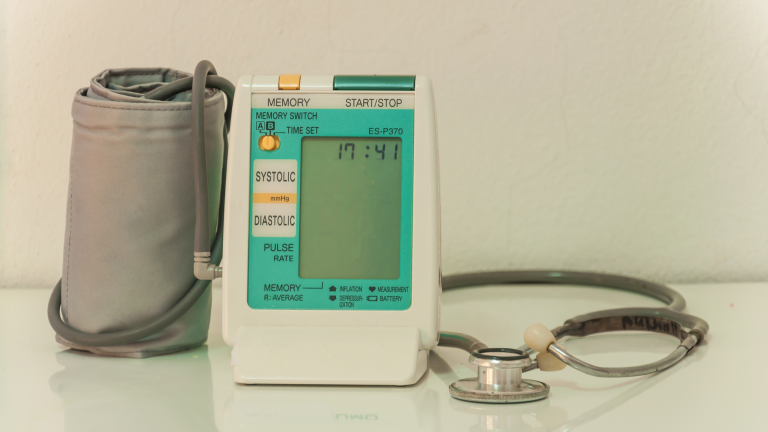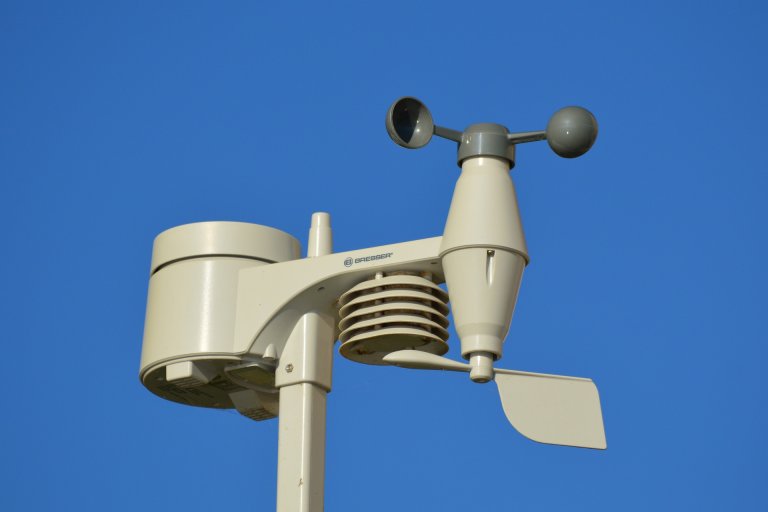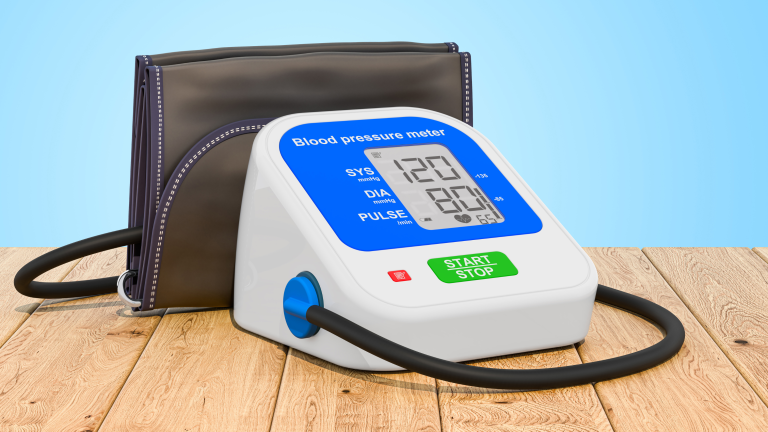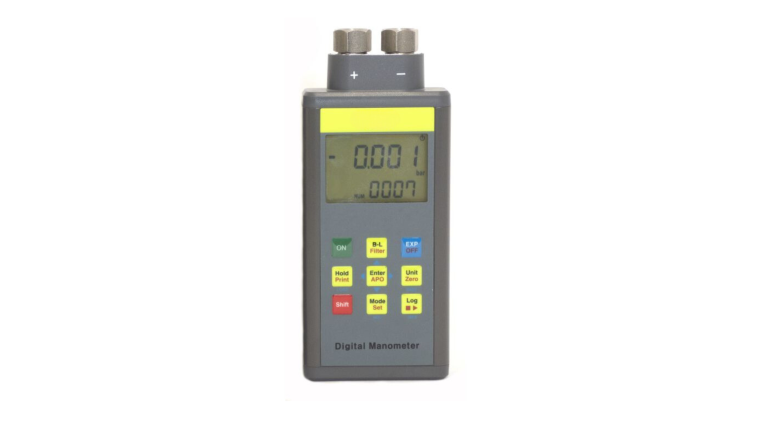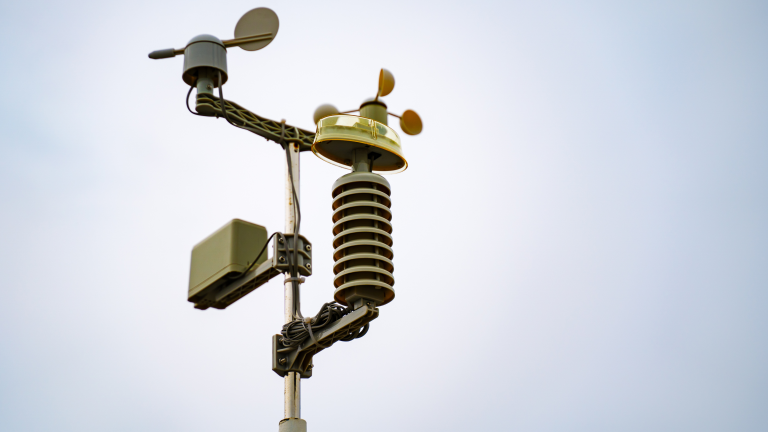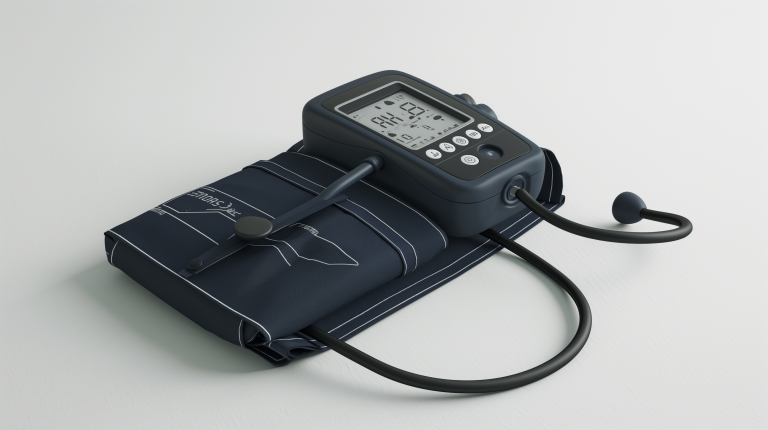
Accurate spoke tension is the secret to improving your bike’s safety, performance, and longevity. Whether you’re a cycling enthusiast, a bike mechanic, or someone who just enjoys a good weekend ride, understanding spoke tension meters and their calibration is essential. This guide will break down everything you need to know—from basic tools for spoke tension meter calibration to techniques for achieving perfect tension balance—all in simple, straightforward language.
Let’s delve into why spoke tension matters, how to calibrate your spoke tension meter, and the tools, techniques, and resources to make it a straightforward and manageable process.
Overview of Spoke Tension Meters
Spoke tension meters are tools used to measure the tension of individual spokes in your bike wheel. If you’ve never used one, think of it like a thermometer for your spokes—it checks whether they’re too loose, too tight, or just right. Proper tension affects how smoothly your wheels spin, how well your bike handles, and how long your wheels last.
There are different tension meter brands on the market, but they all measure tension by assessing how much force a spoke can withstand before bending. Some models even include conversion tables that correlate your readings with the actual tension in kilograms or Newtons.
Essential Tools for Spoke Tension Meter Calibration
Before we get into the nitty-gritty, here’s the good news: You don’t need to break the bank to get started. For spoke tension meter calibration, your essential tools include:
- A quality spoke tension meter.
- Spoke calculator software like the SPOKECALC app.
- A comprehensive spoke tension chart (custom or pre-made).
- Access to a stable working environment—a bike stand is ideal.
These tools allow you to measure spoke tension accurately, adjust it as needed, and ensure your wheels stay perfectly balanced.
Comparison of Popular Tension Meters
When choosing a spoke tension meter, it’s good to compare options. Here’s a quick look at some of the most popular models:
- Park Tool TM-1
- Pros: Durable, easy-to-read scale, trusted brand.
- Cons: Limited high-end tension range.
- DT Swiss Tensiometer
- Pros: High accuracy, sleek design.
- Cons: Expensive and may be overkill for hobbyists.
- Feedback Sports Tension Meter
- Pros: Compact, suitable for portable use.
- Cons: Not as precise as others for low-tension measurements.
For most people, the Park Tool TM-1 strikes the perfect balance between affordability and reliability.
Importance of Calibrating Spoke Tension Meters
Why is calibration so necessary? Well, even the best spoke tension meter can give inaccurate readings over time without proper calibration. Regular use, changes in environment, and wear can cause the meter to drift. Calibration ensures that the tool remains accurate and trustworthy.
If your spoke tension meter isn’t correctly calibrated, you might under-tension or over-tension your spokes. This leads to wobbly wheels, increased wear, or, worse, a wheel failure mid-ride.
Accuracy in Spoke Tension Measurement
Spoke tension must be precise. For example:
- Too Low Tension: This leads to wobbly wheels or decreased handling.
- Too High Tension: Risks damaging spokes or hubs over time.
- Balanced Tension: Ensures stability, smooth rolling, and durability.
Research shows that properly calibrated spoke tension meters can prevent a significant percentage of common wheel issues, such as loose spokes or buckling rims. Thus, they can provide a sense of security and preparedness for your rides.
The Calibration Process
Steps to Adjust the Tension Meter
- Find the Baseline – Use a test spoke calibrated at a known tension level.
- Verify Results – Measure the test spoke with your meter. If the readings don’t align, adjustment is necessary.
- Use Calibration Screws – Most meters have a screw or knob for adjusting the tension. Carefully tweak it until it matches the baseline.
- Re-Test – Repeat the process to ensure accuracy.
Steps to Adjust the Tension Meter
Adjustments can vary by model, but generally, you’ll want to:
- Find the calibration screw.
- Align the readings with a standard.
- Lock it in place once calibrated.
This ensures your meter provides accurate readings for future measurements.
Creating a User-Friendly Spoke Tension Chart Maker
Imagine having a personalized spoke tension chart maker. This tool could help you easily track and manage spoke tension over time. By creating a simple spreadsheet, you can input your spoke tension measurements and visualize trends easily.
Techniques for Tension Measurement and Adjustment
Here are some techniques that can help you measure and adjust spoke tension effectively:
- Use Consistent Pressure: When measuring tension, always apply the same amount of pressure to get reliable results.
- Check Regularly: Make it a habit to check your spoke tension during routine maintenance.
Correcting Low Tension in Spokes
If you find that your spokes are too loose, here’s what you can do:
- Identify the Loose Spokes: Use your tension meter to locate the spokes that need tightening.
- Tighten Gradually: Make minor adjustments to avoid over-tensioning.
- Recheck Tension: After adjustments, always recheck to ensure balance.
Addressing High-Tension Issues
On the flip side, if your spokes are too tight, it can lead to wheel damage. Here’s how to address it:
- Identify the Over-Tensioned Spokes: Again, use your meter to find the culprits.
- Loosen Gradually: Similar to tightening, make minor adjustments and check regularly.
Achieving and Maintaining Tension Balance
Maintaining balanced spoke tension is key to a well-functioning wheel. Aim for uniform tension across all spokes. This balance helps distribute stress evenly, reducing the chances of wheel failure.
Resources for Spoke Tension Meter Calibration
If you’re looking for more information, here are some excellent resources:
- SPOKECALC Tension App: This app can help you understand spoke tension better and provides a handy reference for your adjustments.
- Online Forums: Communities dedicated to cycling often have valuable insights and tips on spoke tension and meter calibration.
Regular Maintenance of Tension Meters
Similar to your bike, your tension meter requires regular care and maintenance to ensure its accuracy and consistent performance. By staying committed to this, you can ensure your bike’s optimal performance for years to come.
Staying Informed on Calibration Standards
Keep up with the latest standards in spoke tension meter calibration. Manufacturers often release updates and guidelines that can improve your calibration process. Being informed helps you make the best adjustments for your bike.
Community Resources and Forums for Support
Don’t forget that you’re not alone in this journey. Online forums and local cycling clubs can be great places to gather tips and share experiences about spoke tension calibration. Engaging with others can provide you with insights that books and articles may not cover.
Conclusion
Here’s the bottom line: spoke tension isn’t just for professional mechanics. Anyone with the right tools and a little patience can ensure their wheels are balanced, safe, and performing at their best. Invest in a good spoke tension meter like the Park Tool TM-1, keep it calibrated, and measure and adjust your spokes regularly.
Your bike will thank you, and your rides will become smoother, safer, and more enjoyable.
For more tools and resources, download the SPOKECALC app or explore 100+ expert tips on bike maintenance today!

